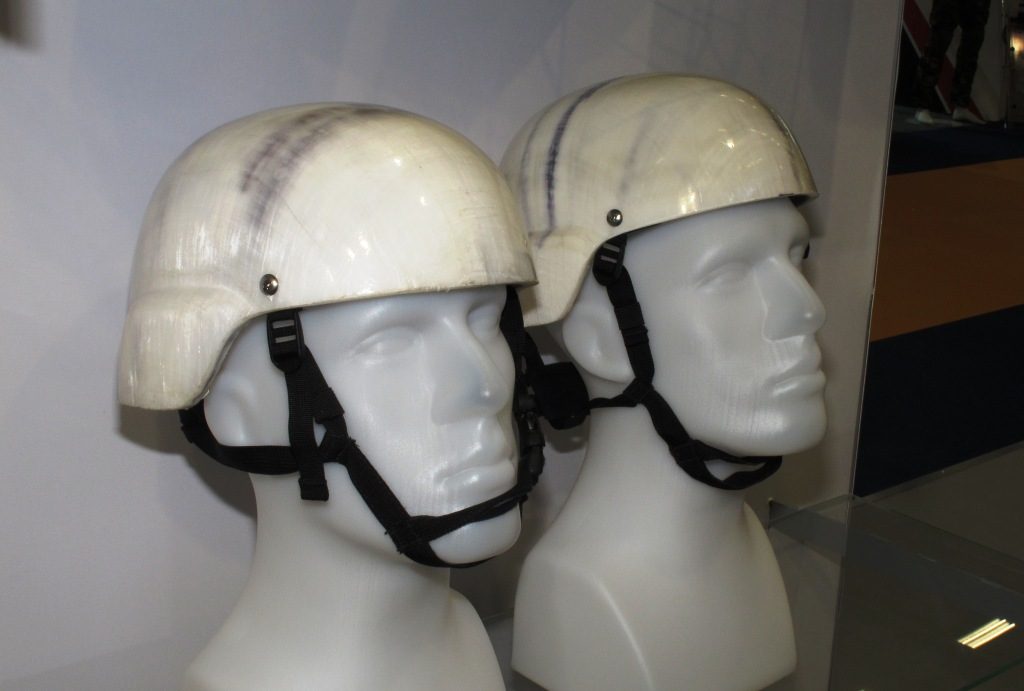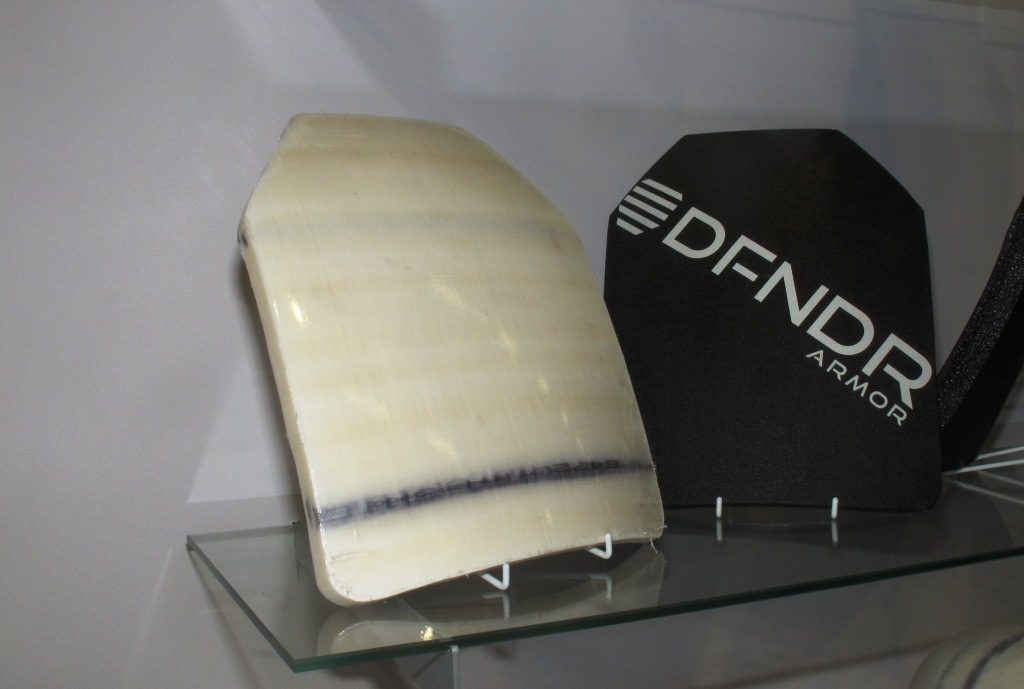
Honeywell introduces Spectra Shield 6360 for soft body armour
At Milipol, Honeywell introduced its Spectra Shield 6360, which main field of employment is soft body armour while maintaining the same density of the Spectra Shield 6472.
The evolution of Honeywell Spectra Shield ultra-high molecular-weight polyethylene (UHMWPE), first introduced in the 1990s, is continuous, the last generation being the Spectra 6000 series, which was introduced at AUSA in October 2019. The first product to be shown was the Spectra Shield 6472, specifically developed for hard armour; the first obvious application was in helmets, where the reduction of the weight vs performances parameter is most welcome, heavy helmets bringing with them considerable fatigue to the soldier. The new product has a density of 115 g/m2 and guarantees better performances than its predecessors, the tendency in helmets being to provide protection against high velocity rifle ammunition.
7% more ballistic protection with the Spectra Shield 6360
One month later, at Milipol, Honeywell introduced its Spectra Shield 6360, which main field of employment is soft body armour while maintaining the same density of the 6472. Compared to the 5000 series products, the 6360 provides to 7% more ballistic protection while reducing the risk of blunt force trauma with greater absorption of energy from bullets. The aim is to provide body armour manufacturers with a product that provides maximum protection to law enforcement officers while ensuring the best possible comfort.

Just to understand how much Honeywell managed to improve the performances of its Spectra Shield line of products, looking at the mid-2000s when the Spectra Shield 3000 series was launched, the new 6000 series launched this year is some 50% lighter. The new product is already available on the market. Helmets, plates and soft solutions were visible at Milipol.
Honeywell maintains an active Spectra fibre and ballistic materials research program focused on continuous improvement and development of high-performance materials.
Photos by Paolo Valpolini


